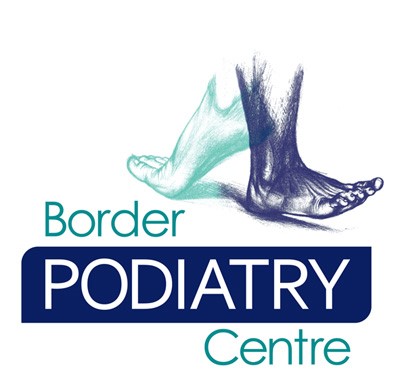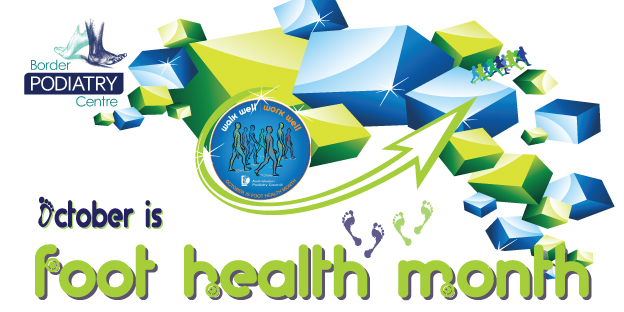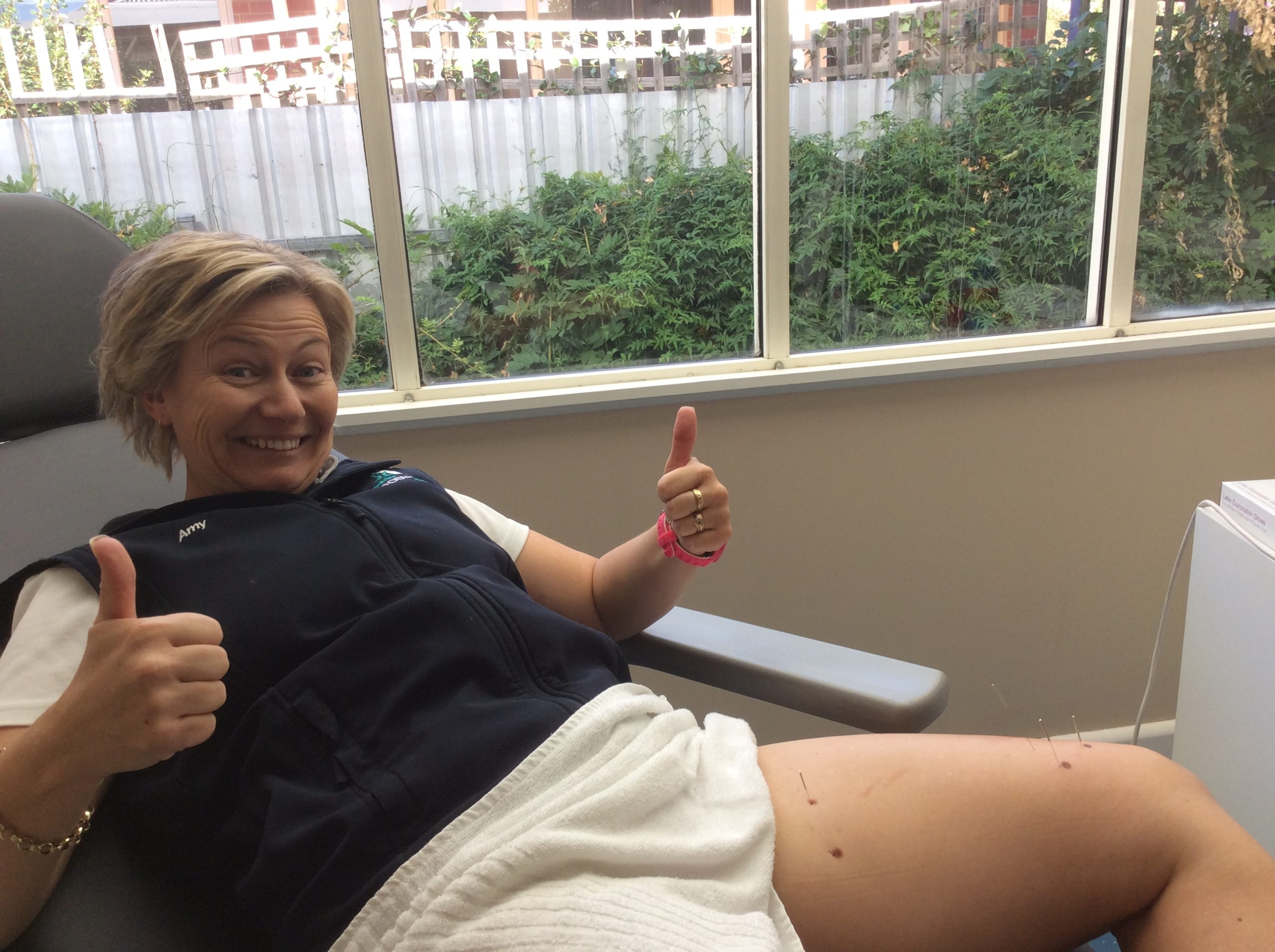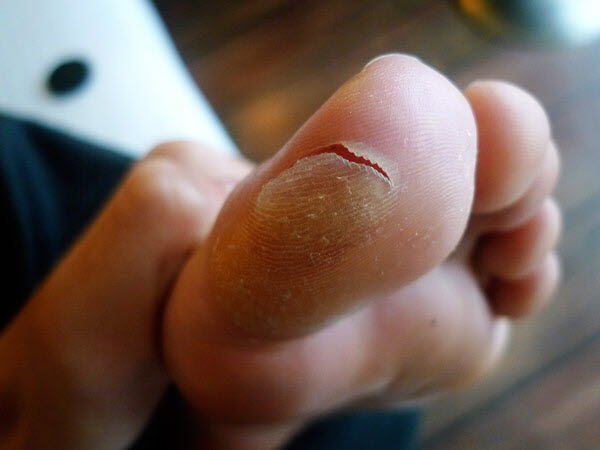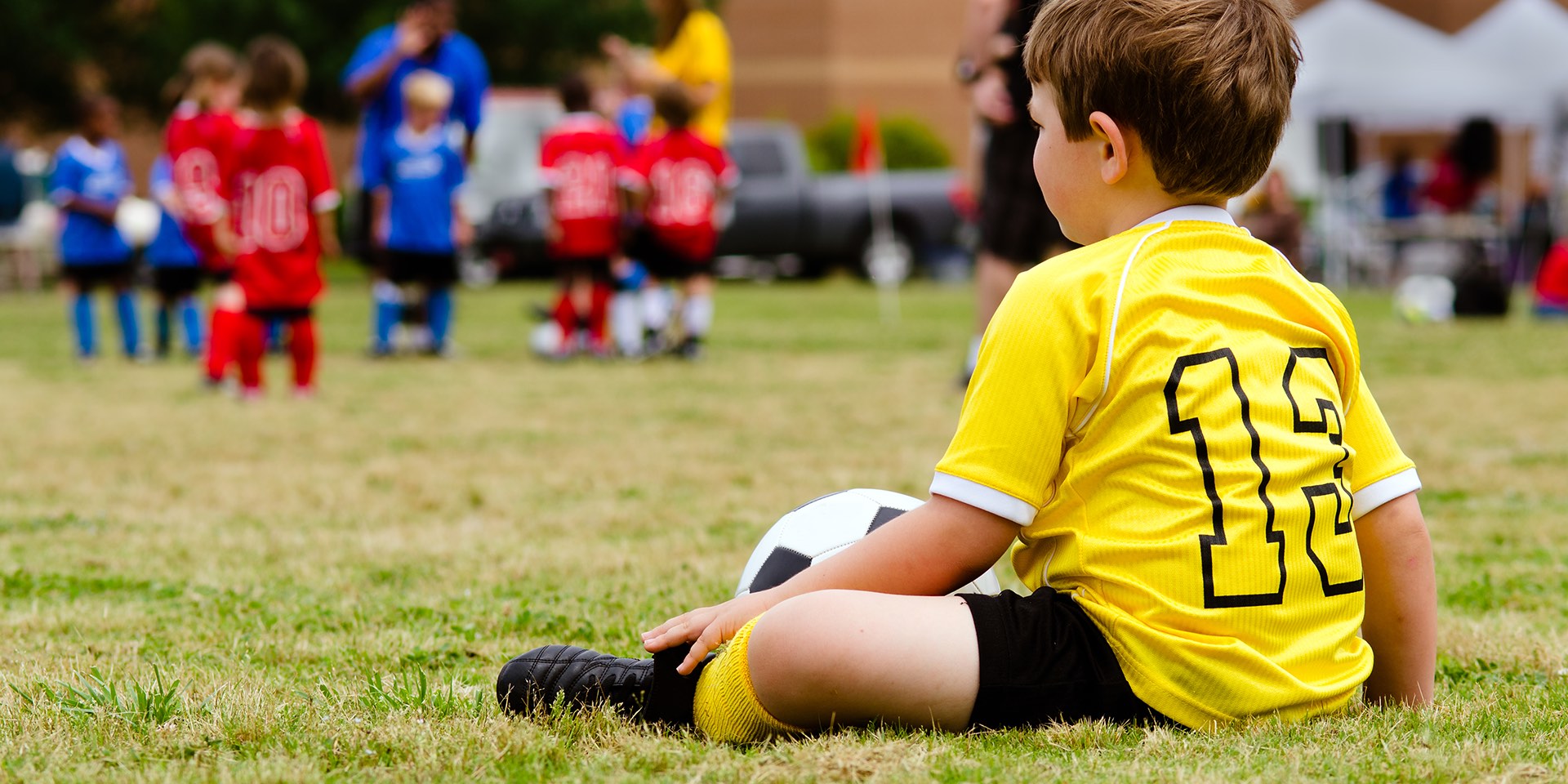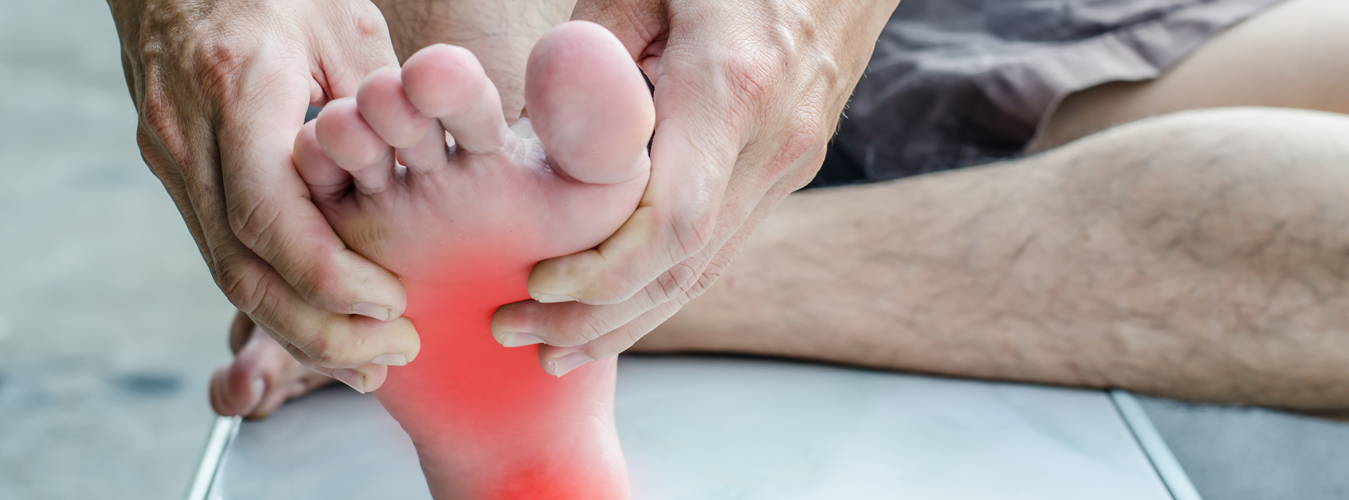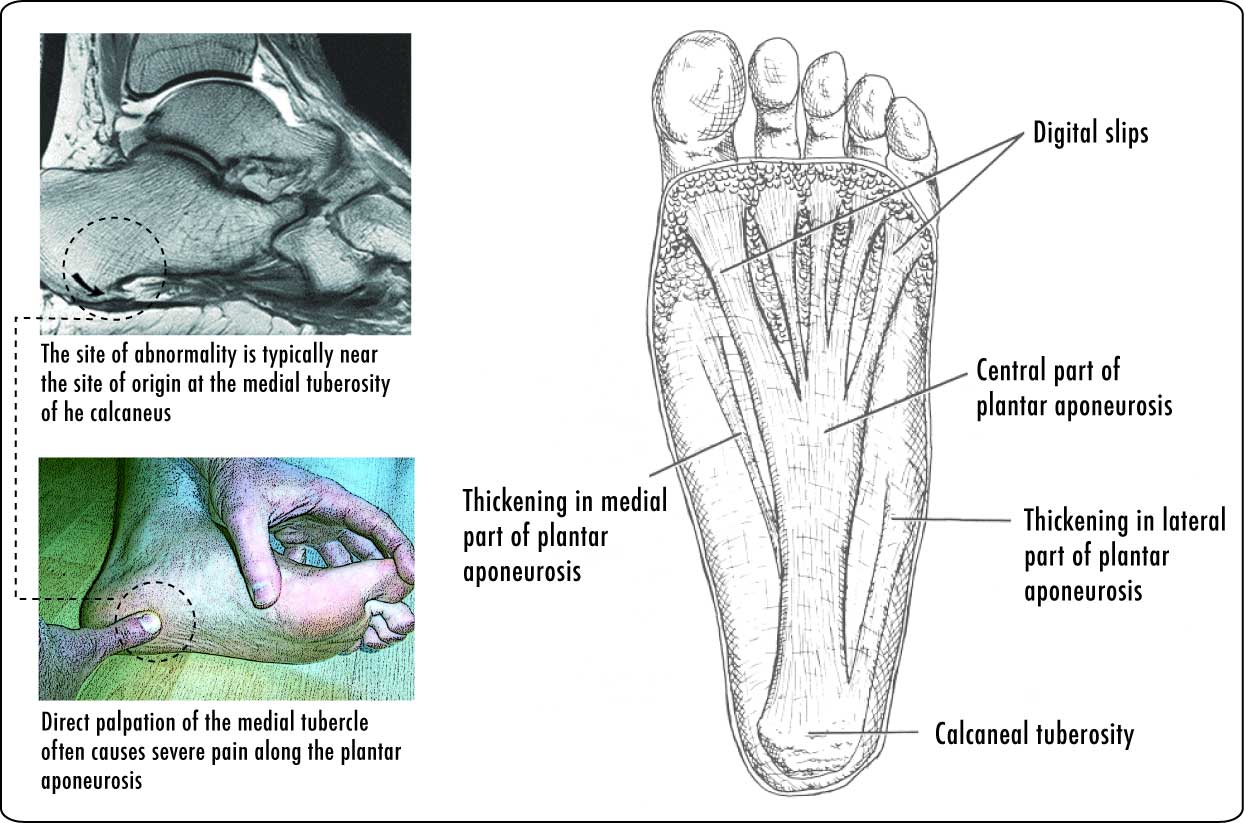
Orthotics DO NOT and WILL NOT treat flat feet
Do you suffer from ‘flat feet’? Do you think you need orthotics to treat ‘flat feet’? Have you been issued orthotics to treat ‘flat feet’? Then keep reading. This bit of information could have been specifically written for you!
90% of the population have ‘flat feet’. Do you think that 90% of the population should be wearing orthotics to be treat their ‘flat feet’? If you said yes, you have to be kidding me! There are probably over 50% people who wear orthotics would DO NOT really need them.
Read more